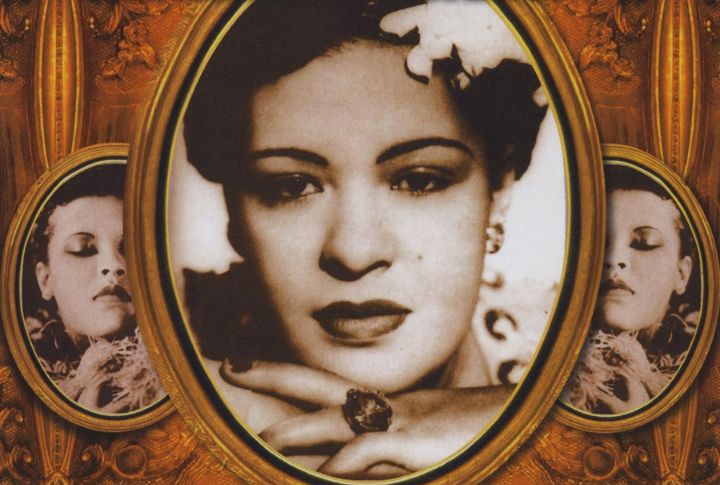
Billie Holiday’s journey from a young girl with a troubled past to a celebrated jazz icon is nothing short of remarkable. Her voice moved the world, but the path she walked wasn’t always easy. Let’s take a closer look at 20 pivotal moments that defined her career and legacy. With each milestone, we’ll explore how Billie Holiday’s courage and resilience left a lasting mark on music history.
Early Years In Baltimore
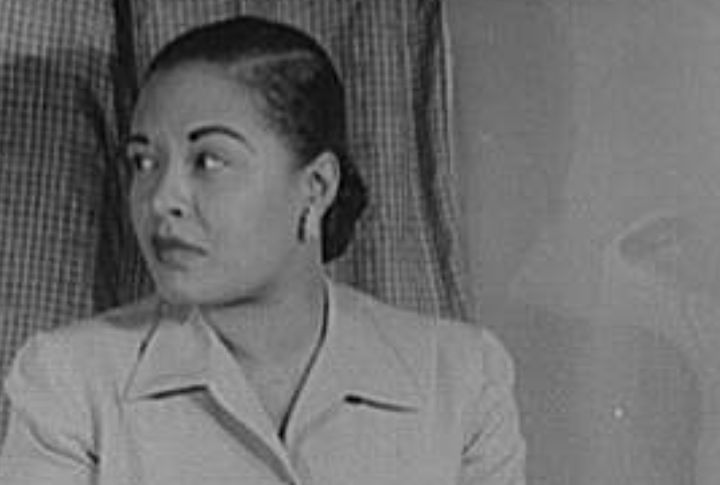
Billie’s upbringing in Baltimore was marked by hardship, but it was here that she first experienced music’s transformative power. Raised in an environment full of adversity, music became her solace. This early exposure laid the foundation for her later success in the music industry.
The First Encounter With Music

At a young age, Billie Holiday was introduced to the world of jazz by listening to records of greats like Louis Armstrong and Bessie Smith. These early influences planted the seed for her unique vocal style, setting her apart from other artists in the years to come.
The Harlem Renaissance

In the 1930s, Billie moved to Harlem, immersing herself in the creative energy of the Harlem Renaissance. Here, she honed her craft alongside jazz legends, shaping her sound and persona. This vibrant cultural movement played a significant role in her development as an artist.
Her Breakthrough At The Apollo Theater

Billie’s performance at Harlem’s Apollo Theater was a game-changer. It was here that she first gained widespread recognition, her powerful voice and emotional delivery winning over audiences. This moment marked the beginning of her rise to fame.
The Release Of “Strange Fruit”
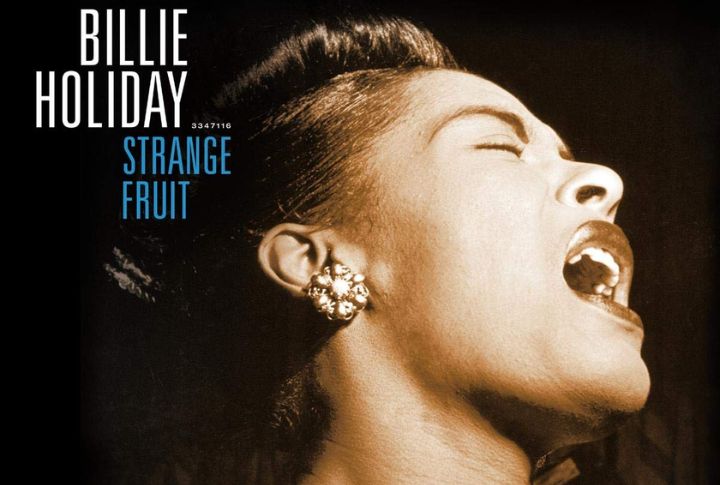
In 1939, Billie Holiday recorded “Strange Fruit,” a song about the lynching of African Americans. The song’s haunting lyrics and Billie’s emotional interpretation became a turning point in her career, which also established her as a jazz singer and a voice for social justice.
Her Collaboration With Count Basie

Teaming up with Count Basie’s Orchestra in the late 1930s, Billie Holiday began to find her authentic voice as a jazz artist. This partnership led to the creation of some of her most iconic tracks. Blending her vocal style with Basie’s unique jazz arrangements was life-changing.
The Struggles With Addiction
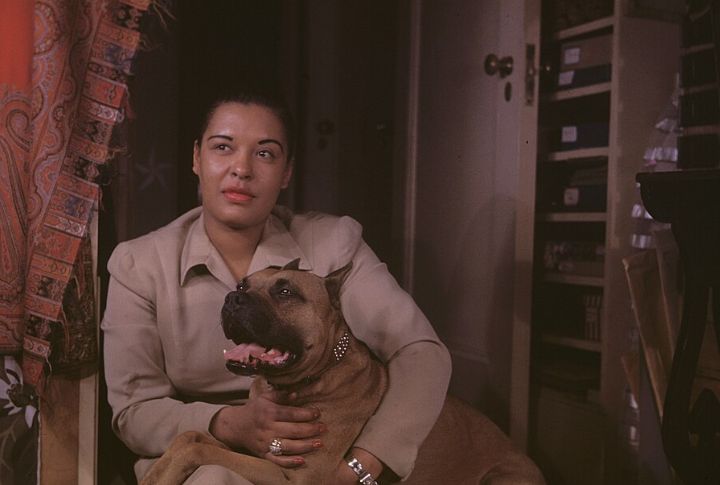
As her career soared, Billie faced personal demons, including struggles with addiction. Despite the challenges, she continued to perform because of her resilient and determined personality. These hardships, though painful, deepened the emotional intensity of her music.
The Impact Of “God Bless The Child”

In 1941, Billie recorded “God Bless the Child,” a song inspired by her financial struggles. The song became one of her signature hits, resonating deeply with listeners. Its success showcased Billie’s ability to turn personal hardship into influential art.
The Influence Of Lester Young

Billie’s relationship with saxophonist Lester Young was pivotal in shaping her musical style. His influence can be heard in her phrasing and delivery, as the two developed a unique musical connection that transcended traditional jazz boundaries.
Her Time At Commodore Records

Signing with Commodore Records in the late 1930s allowed Billie to experiment more freely with her sound. During this time, she recorded some of her most cherished tracks, further cementing her place in jazz history.
The Strain Of Touring And Personal Loss

Touring took a toll on Billie emotionally and physically, especially after personal losses. Yet, despite the challenges, she pressed on, performing at legendary venues like the Cotton Club and the Savoy Ballroom, continuing to build her legacy.
Her Role In The Civil Rights Movement
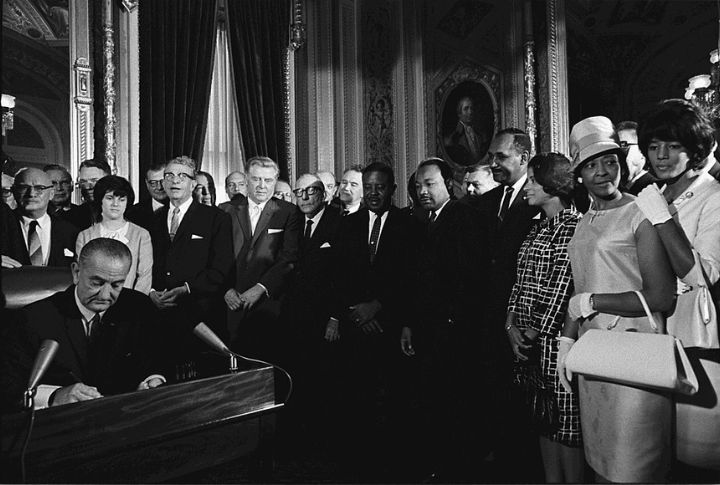
Billie’s influence extended beyond music, as she became an important part of the Civil Rights Movement. Her songs, especially “Strange Fruit,” brought attention to racial injustice and made her not just a performer but a trailblazer for change.
Her Historic Performance At Carnegie Hall

When Billie Holiday performed at Carnegie Hall in 1948, it became a defining moment in her career. Her performance proved she wasn’t just a star of smoky nightclubs; she was an artist who could hold the grandest stage and leave audiences breathless.
Collaboration With Jazz Legends

Throughout her career, Billie Holiday was shaped by collaborations with jazz legends like Duke Ellington and Artie Shaw. Their influence helped her develop a style that was both unique and timeless by blending traditional jazz with her own emotive voice.
Her Later Years In The Spotlight
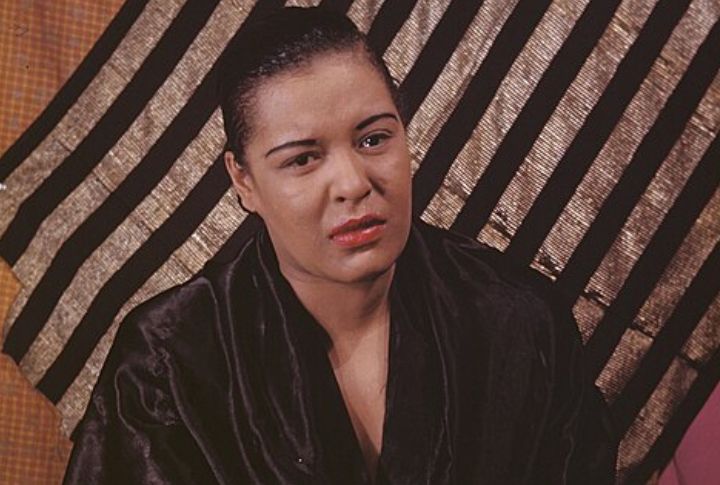
Even in her later years, Billie Holiday remained a powerful presence in the music world. Despite personal struggles, she continued to perform and record, creating music that reflected her life’s complexities and her enduring artistic vision.
The Release Of “Lady Sings The Blues”
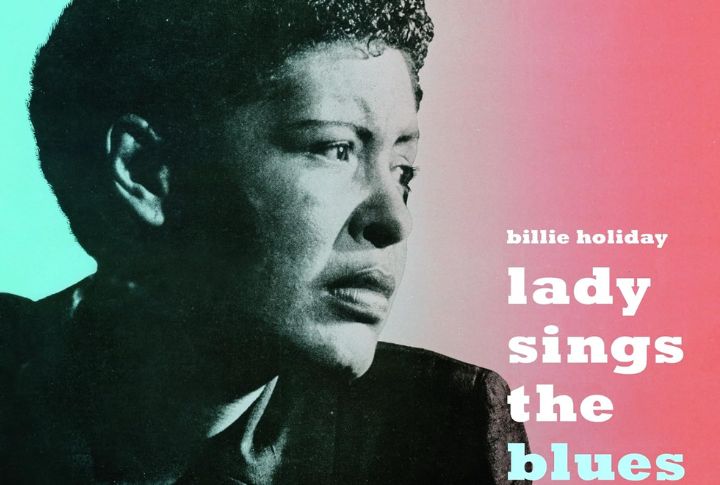
Billie’s autobiography, “Lady Sings the Blues”, released in 1956, provided insight into her tumultuous life and career. The book not only revealed her personal struggles but also reinforced her status as one of jazz’s most influential figures.
Her Impact On Female Jazz Singers

Through aching tones and truthful phrasing, Billie Holiday created a new standard for jazz vocalists. Her legacy lives in artists who seek the same emotional depth, drawn to the honesty she carried in every note and the quiet storm of emotions in every phrase.
The Struggles With The Law
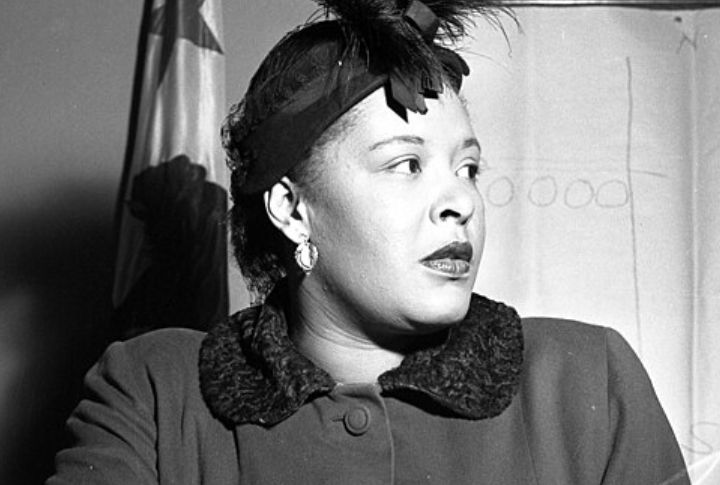
The legal battles Billie endured, especially her incarceration for drug charges, marked some of her darkest moments. But she kept singing. Her music remained fearless and tender. They resonated even more deeply because of the battles behind it.
Her Last Performance
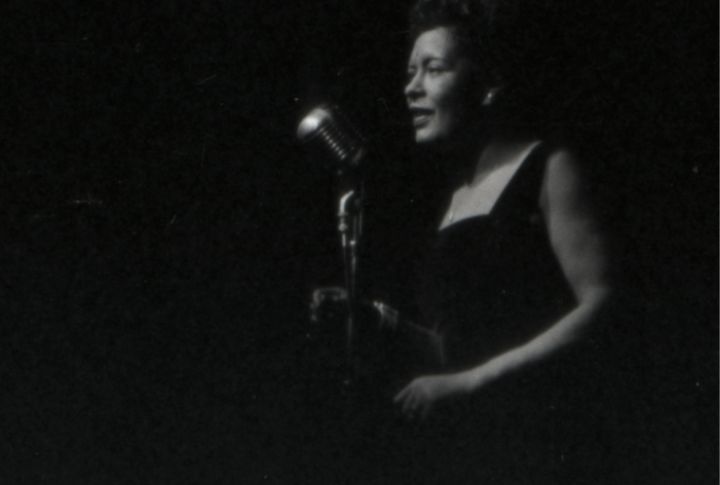
Billie Holiday’s final performance in 1959, despite her failing health, revealed the depth of her enduring passion for music. Though her voice was weakened, its emotional power remained. That night marked the end of an era and sealed her legacy as a jazz icon.
Billie’s Enduring Legacy
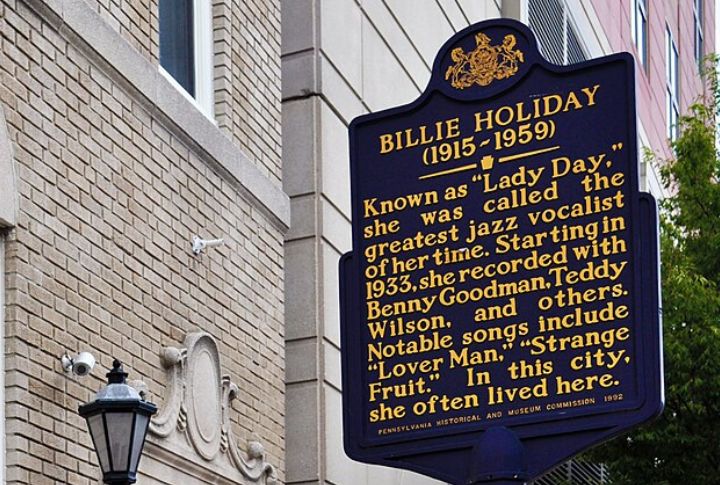
Billie Holiday’s “Strange Fruit” was added to the Library of Congress’s National Recording Registry for its cultural and historical impact. Her autobiography was adapted into a powerful film starring Diana Ross. And lastly, in 1987, she was posthumously awarded the Grammy Lifetime Achievement Award.

